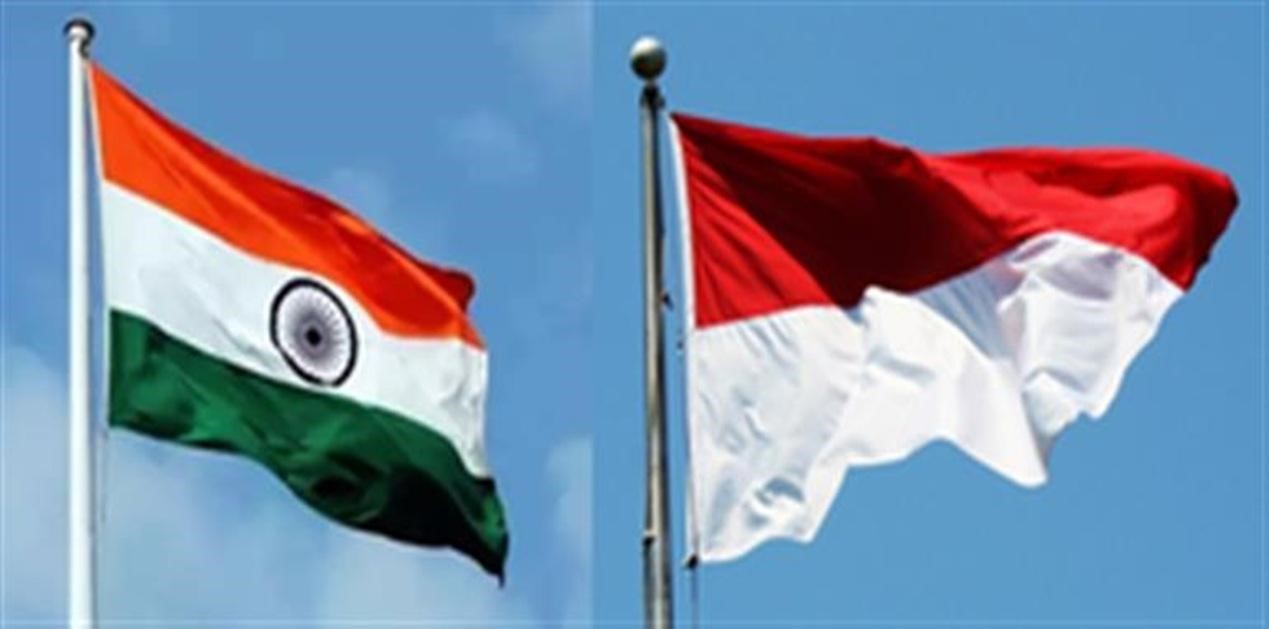India-Indonesia Ties: Strengthening Partnerships for Global Stability
Syllabus:
GS-2:
Bilateral Groupings & Agreements , Effect of Policies & Politics of Countries on India’s Interests , Indian Diaspora ,Groupings & Agreements Involving India and/or Affecting India’s Interests
Focus:
Indonesia’s President Prabowo Subianto recently attended India’s 76th Republic Day celebrations as the chief guest, highlighting the deepening partnership between the two nations. Their collaboration in trade, security, and geopolitics positions them as key players in shaping the future of the Indo-Pacific region and global affairs.
Historical Evolution of India-Indonesia Relations:
- Foundation of Ties:
- Relationship began in 1950 when President Sukarno attended India’s first Republic Day.
- Symbolized the shared aspirations of two newly sovereign nations.
- Deepening Relations Over Decades:
- Strong ties in economics, politics, and culture.
- Four visits by Indonesian leaders as chief guests at India’s Republic Day celebrations.
- President Prabowo Subianto’s presence at the 76th Republic Day reaffirmed this partnership.
Economic Ties and Trade Potential:
- Trade Agreements and Current Status:
- 1966 Trade Agreement laid the foundation for economic cooperation.
- Current bilateral trade stands at $30 billion, with immense growth potential.
- Opportunities for Expansion:
- CEOs Forum identified five priority sectors:
- Energy
- Food and Agriculture
- Health Care
- Manufacturing
- Technology
- Target to quadruple trade in the next decade.
- CEOs Forum identified five priority sectors:
- Investment Prospects:
- Indian investment in Indonesia: $1.56 billion
- Indonesian investment in India: $653.8 million
- Focus on clean energy, technology, and manufacturing for sustainability.
- Economic Growth:
- Forecasted growth rates: India (6.5%), Indonesia (5.1%), surpassing the global average of 3%.
Strategic and Security Collaboration:
- Defensive Cooperation:
- Comprehensive Strategic Partnership (2018) enhanced maritime security.
- Counterterrorism and Cybersecurity:
- Strengthened cooperation in counterterrorism and cybersecurity.
- Indo-Pacific Stability:
- India and Indonesia play crucial roles in safeguarding Indo-Pacific stability.
Global Context and Geo-Political Dynamics:
- Membership in BRICS:
- Indonesia’s invitation to BRICS alongside India signifies their growing influence.
- Natural Resource Trade:
- Indonesia is a key exporter of nickel, copper, tin, and bauxite.
- Removing trade barriers is vital for fostering free trade.
- Collaborating on Global Challenges:
- Addressing energy transition and climate change through partnerships.
The Way Forward: A Partnership for Prosperity:
- Vision for the Future:
- Becoming the cornerstone of prosperity and security in the Indo-Pacific region.
- Foundation for Sustainability:
- Collaboration in renewable energy, technology, and sustainable manufacturing.
- Investing in dynamic workforces to boost innovation and resilience.
- Global Leadership:
- A model for cooperation that fosters global stability and prosperity.
Conclusion:
The India-Indonesia partnership, rooted in shared history and strategic interests, has the potential to drive economic growth and regional stability. By strengthening cooperation in trade, defense, and clean energy, they can lay the foundation for a prosperous, secure, and sustainable future for Asia and beyond.
Source: TH
Mains Practice Question:
Discuss the strategic and economic significance of the India-Indonesia partnership in the context of the Indo-Pacific region. Suggest key areas of cooperation to unlock their full potential.





